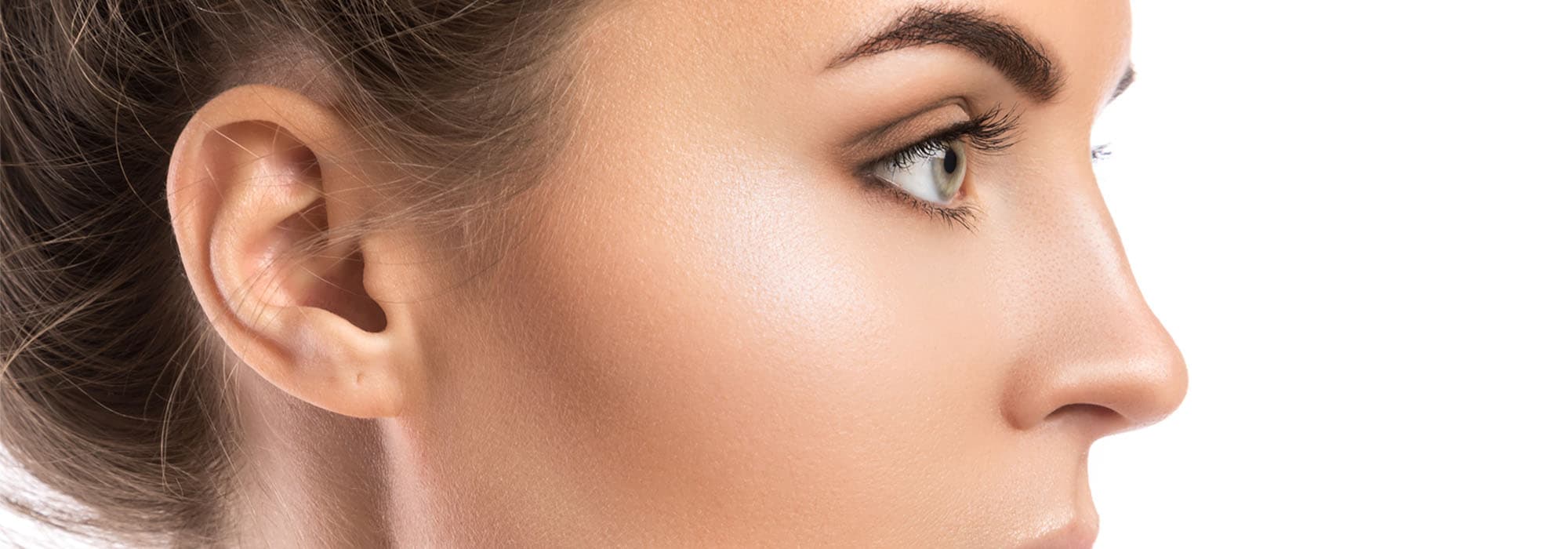
Protruding ears can strongly dominate the appearance of the head and reduce the aesthetic perception of the person affected, thus significantly impacting their quality of life. The cause is usually a missing inner ear fold (antihelix) or an overly large inner auricle. Particularly children are often teased for having so-called ‘jug ears’ and suffer from the resulting psychological distress. But many adults also decide to have protruding ears corrected. An otoplasty can achieve permanent results.
The procedure performed on the ear depends on the initial situation. The ears are corrected by making a small incision at the back of the ear. If the ear fold is missing, the cartilage is thinned out using a fine file at the appropriate place and then folded into the correct position using thin sutures. If the inner auricle is too large, the excess cartilage can be removed and the edges sutured back together.
The procedure takes around one hour and is performed as an outpatient procedure under twilight anaesthesia. After a short observation period, the patient can go home on the same day. Before the procedure, all patients receive the mobile telephone number of the surgeon to ensure availability around the clock.
A head bandage is worn for 4–7 days. The sutures in the ear are removed after 10 days. To protect the ears and the subsequent result, a headband must be worn at night for 5 weeks.

Every aesthetic and plastic surgery procedure involves risks of complications during the surgical procedure or aftercare. However, they are generally very rare, provided the patient follows the instructions of the surgeon. Removing the bandage too early or not wearing the headband at night can have a negative impact on the result. Other rare side effects include wound healing disorders or an intolerance to the anaesthesia.
We would be happy to provide you with more information about the procedure, cost and aftercare of your individual otoplasty during a personal consultation at the Klinik am Rhein. You can make an appointment either by telephone or any time on our website.
Call us (0211-55028780) or arrange an appointment with your doctor using our online calendar. Find available appointments.
Arrange a consultation online